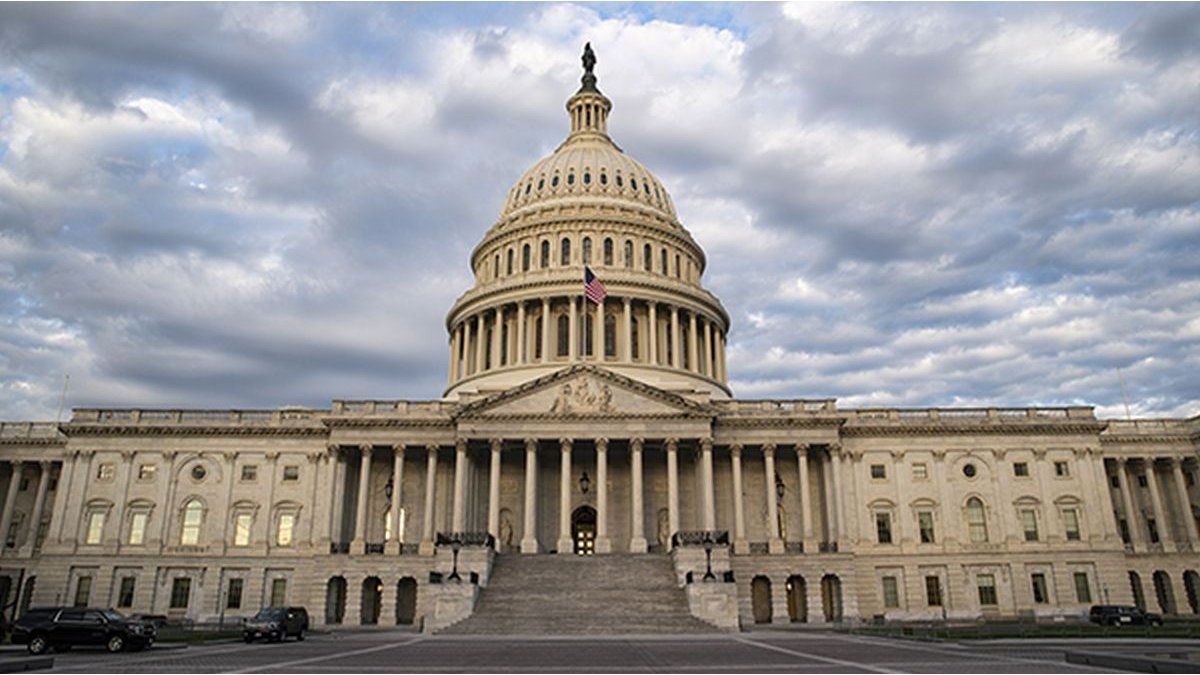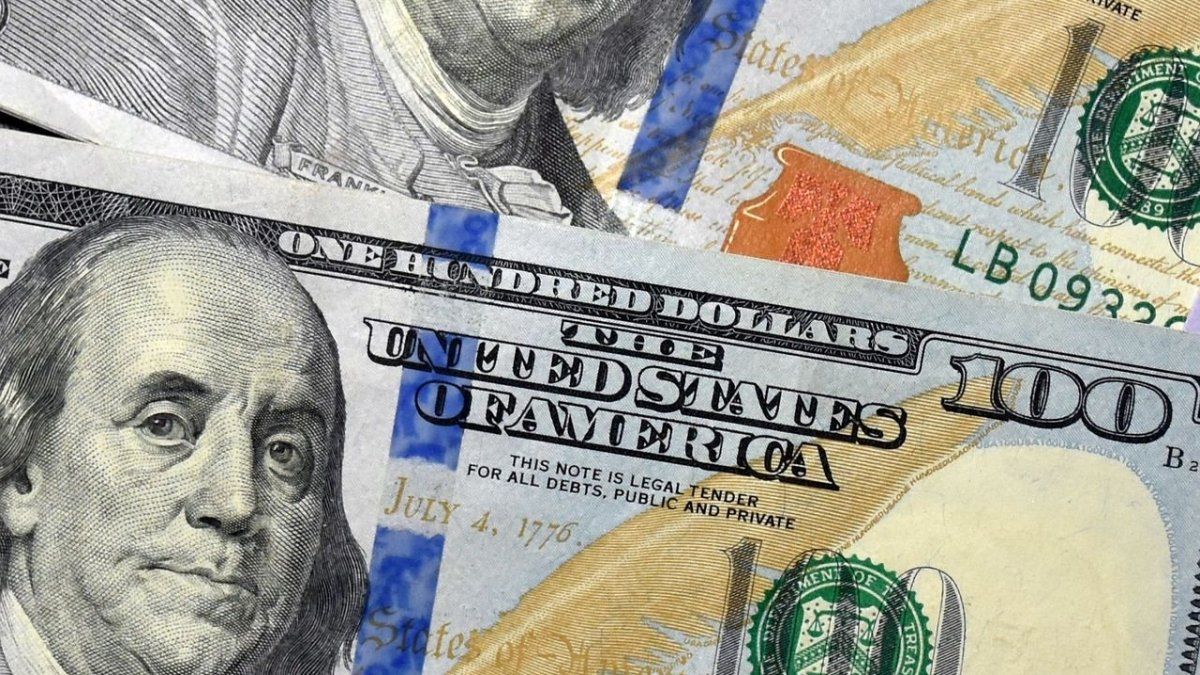Since the megadevaluation last December, as soon as the current administration took office, the economic team deployed a “exchange anchor” policyas a complement to the fiscal anchors (the chainsaw and the blender) and monetary anchors (the lowering of rates and the elimination of the remunerated liabilities of the Central Bank), to contain the inflationary flash at the beginning of the mandate. Thus, the BCRA implemented a “tablita” which has remained fixed until now: moved the official exchange rate 2% each month.
This policy led to a sustained appreciation exchange rate, which made Argentina more expensive in dollars and liquefied practically the entire effect of the initial devaluation. The multilateral real exchange rate practically returned to the starting point. But far from showing concern about that situation (which is expected, for example, to lead to a boom in tourism abroad this summer)the Government is determined to strengthen the anchor.
In November (when the October CPI was known), Milei had indicated that, if the downward inflation trend continued for two more months, I would slow down the crawling peg (the scheduled devaluation) from 2% to 1%. The officials’ argument is that, now that the inflation rate has practically converged with the exchange rate table, The movement of the dollar will begin to function as a supporting factor for the CPI rather than as an anchor.
“Increasingly closer to lowering the ‘crawling peg’ to 1%,” wrote Caputo on his social network account X, in a post in which he celebrated the INDEC data. “2.4% retail inflation in November. The lowest since July 2020. Food: 0.9%. Goods: 1.6%. Basic food basket: 1.1%. Total basic basket: 1.5%. The disinflation process continues”, he emphasized.
Embed – https://publish.twitter.com/oembed?url=https://x.com/LuisCaputoAR/status/1866921274120814976&partner=&hide_thread=false
2.4% retail inflation November. The lowest since July 2020.
Food 0.9%
Goods 1.6%
Basic food basket 1.1%
Total basic basket 1.5%
The disinflation process continues.
Getting closer to lowering the crawling peg to 1%— totocaputo (@LuisCaputoAR) December 11, 2024
Dollar and “carry trade”
The truth is that The lowering of the monthly devaluation rate also reinforces one of the pillars of the currency bridge that the Government built to compensate for the current account deficit: the incentive for economic agents to get on the financial bike.
The bets on the “carry trade” gained strength in recent monthsdriven by the exchange rate stability that the economic team achieved with the strong flow of dollars that the money laundering brought. It is a well-known strategy: get rid of holdings in foreign currency, place assets in pesos that pay an interest rate well above the rate of devaluation and then dollarize again to secure juicy profits in hard currency.
This tempting scheme for investors, It served the Government so that the BCRA could sustain a significant level of foreign currency purchases. The thing is that exporters were driven to anticipate the liquidation, importers to delay payments to their suppliers and companies in general to finance themselves in dollars (via bank loans and placement of negotiable obligations) to start making rates in pesos. All of these routes implied a greater supply of foreign currency in the exchange market.
But, as inflation slows, the interest rate in pesos also compresses. That is why the economic team, To sustain this strategy, you will need to widen the spread between rates and the crawling peg..
Economy celebrated the inflation data
However, in The Treasury Palace immediately came out to celebrate the INDEC data. In addition to Caputo’s tweet, through a statement, Economía highlighted: “Core inflation (2.7%) was the lowest since September 2020, while headline inflation was the lowest since July 2020. Likewise, the latter was less than a fifth of the inflation recorded in November 2023 (12.8%), and was the lowest for a month of November since 2017.”
“The interannual variation of the National CPI was 166% interannual, being the seventh consecutive month of deceleration in comparison with the same month of the previous year,” added the message from the economic team.
And they added two other parameters: “To analyze the dynamics of the disinflation process and extract trends beyond short-term volatility, it is useful to analyze the behavior of the moving averages of CPI variations. As has been happening since March, this L analysis is consistent with a deepening of the disinflation process.The three-month moving average was 2.9% monthly, the lowest record since September 2020while the six-month rate was 3.6% monthly, the lowest rate since January 2022.”
Source: Ambito
I am Pierce Boyd, a driven and ambitious professional working in the news industry. I have been writing for 24 Hours Worlds for over five years, specializing in sports section coverage. During my tenure at the publication, I have built an impressive portfolio of articles that has earned me a reputation as an experienced journalist and content creator.




